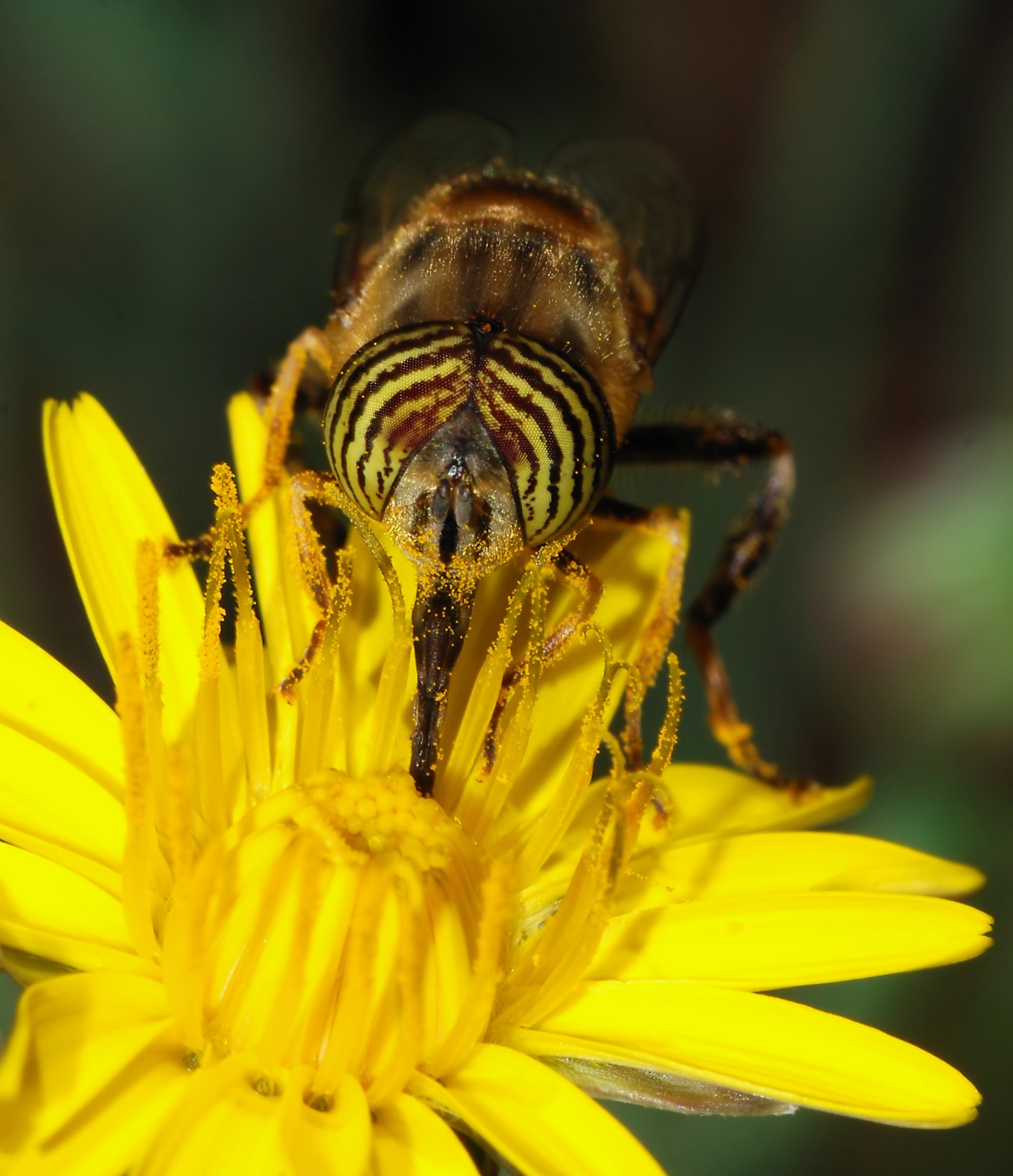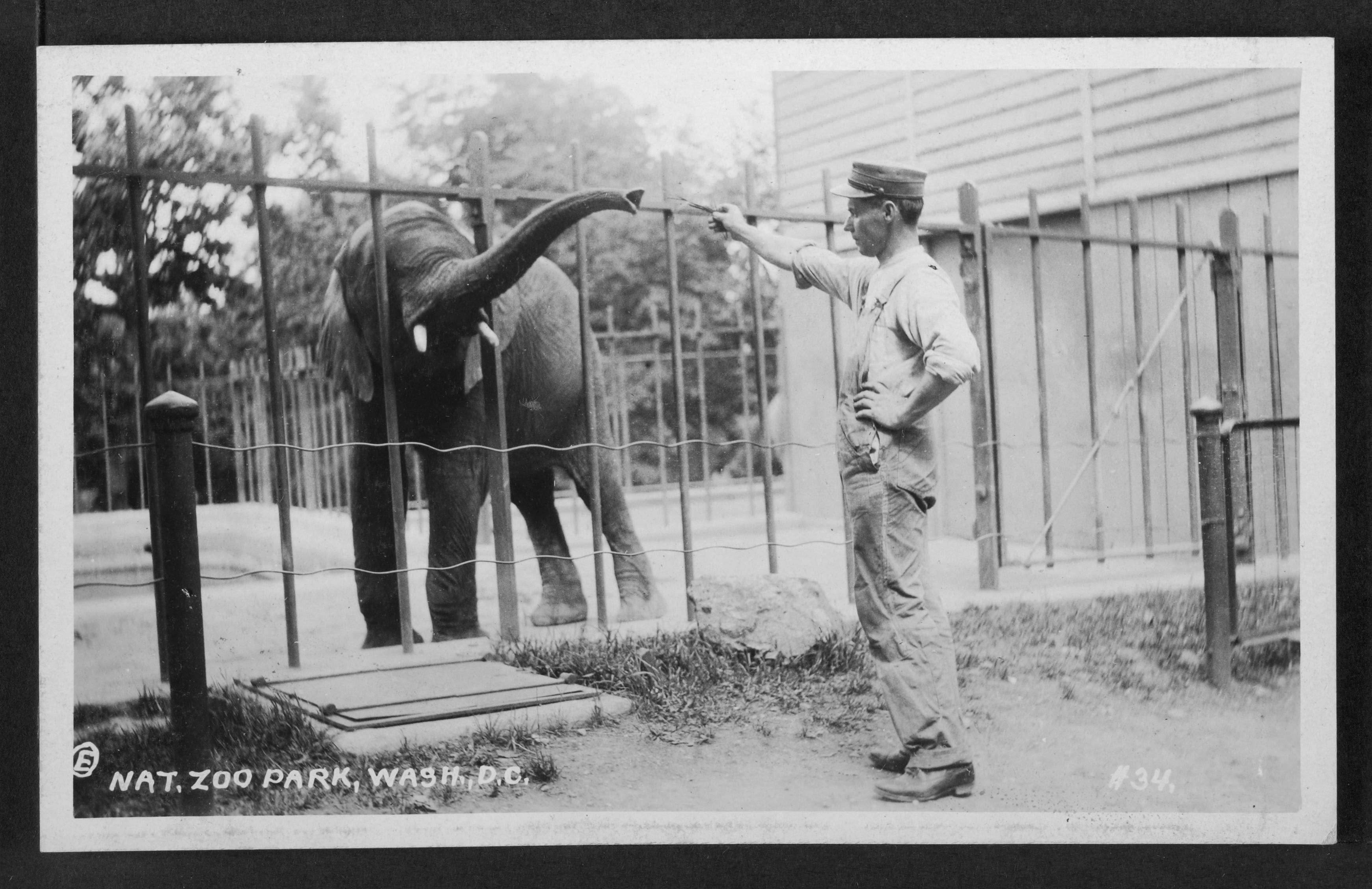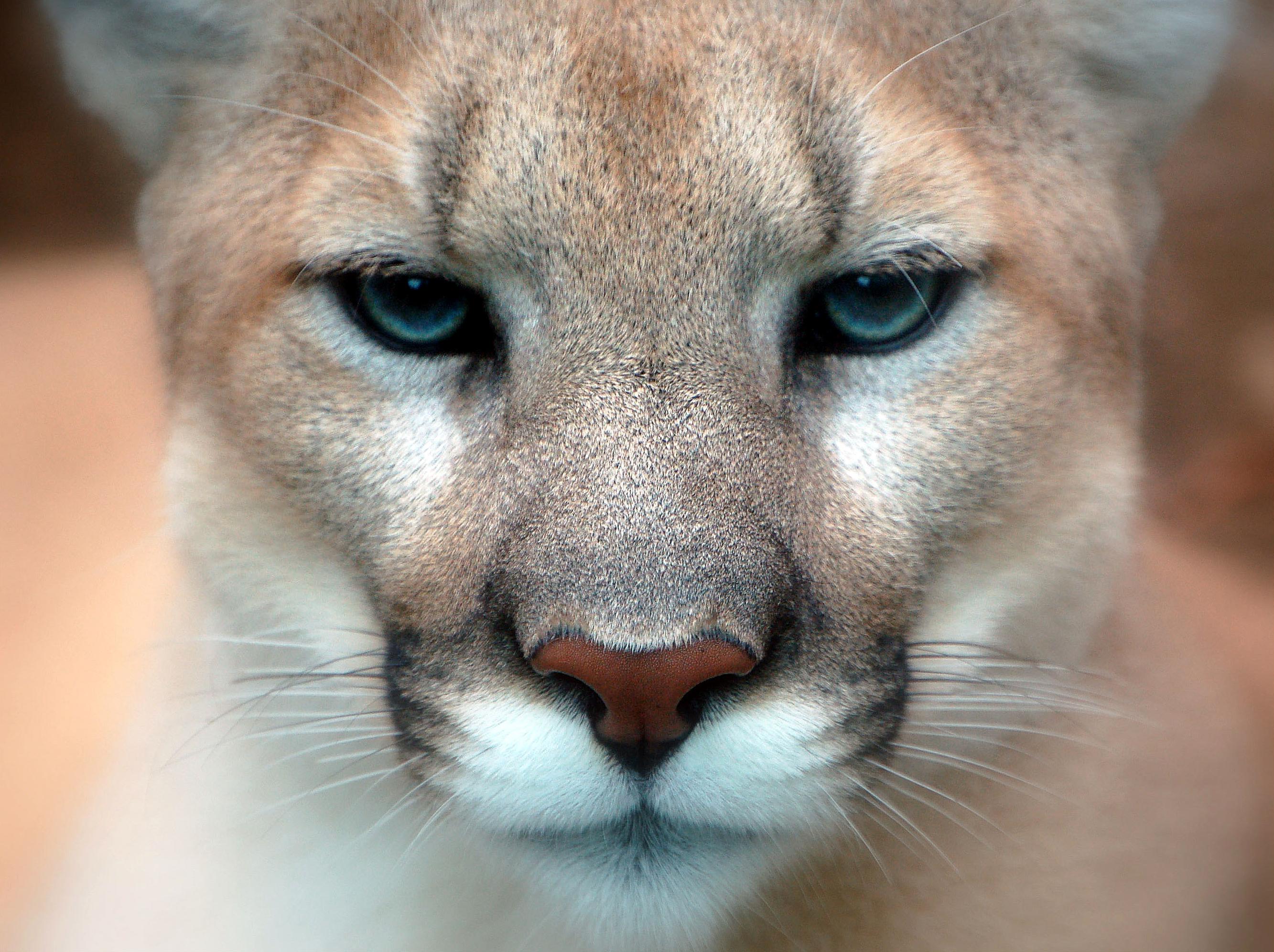|
Black And Rufous Sengi
The black and rufous sengi (''Rhynchocyon petersi''), the black and rufous elephant shrew, or the Zanj elephant shrew is one of the 17 species of elephant shrew found only in Africa. It is native to the lowland montane and dense forests of Kenya and Tanzania. Like other members of the genus ''Rhynchocyon'', it is a relatively large species, with adults averaging about in length and in weight. Distribution and habitat The forests of the Eastern Arc Mountains are critical habitats for ''R. petersi''. The Chome Forest Reserve in Tanzania is an isolated, and largely undisturbed, habitat for the shrews. Populations densities in the Chome area are significantly lower than the surrounding areas, home to approximately 2700 ''R. petersi'', and is thought to be the result of restricted migration and illegal human activity. It was once listed by the IUCN Red List as vulnerable, but has since been changed to a status of least concern. However, its numbers are reportedly declining; sufferi ... [...More Info...] [...Related Items...] OR: [Wikipedia] [Google] [Baidu] |
José Vicente Barbosa Du Bocage
José Vicente Barbosa du Bocage (2 May 1823 – 3 November 1907) was a Portuguese zoologist, politician, and professor. He served as a professor of zoology and director of the National Museum of Natural History and Science, Lisbon, National Museum of Natural History and Science at the Polytechnic Institute of Lisbon, where he played a role in the development of Portuguese zoological collections and research. Bocage’s scientific work led to the description of numerous species, particularly of Portuguese and African fauna, and he published extensively on taxonomy, advancing zoological knowledge in Portugal and its overseas territories. Bocage held public offices, including Navy Ministry (Portugal), Minister of the Navy and Oversea. He was involved in colonial and geographical policy, co-founding the Lisbon Geographic Society and representing Portugal at the Berlin Conference, where he advocated for Pink Map, Portuguese claims in Africa. His contributions to Portuguese science and ... [...More Info...] [...Related Items...] OR: [Wikipedia] [Google] [Baidu] |
Proboscis
A proboscis () is an elongated appendage from the head of an animal, either a vertebrate or an invertebrate. In invertebrates, the term usually refers to tubular arthropod mouthparts, mouthparts used for feeding and sucking. In vertebrates, a proboscis is an elongated nose or snout. Etymology First attested in English in 1609 from Latin , the latinisation (literature), latinisation of the Ancient Greek (), which comes from () 'forth, forward, before' + (), 'to feed, to nourish'. The plural as derived from the Greek is , but in English the plural form ''proboscises'' occurs frequently. Invertebrates The most common usage is to refer to the tubular feeding and sucking organ of certain invertebrates such as insects (e.g., Insect mouthparts#Proboscis, moths, butterflies, and mosquitoes), worms (including Acanthocephala, Nemertea, proboscis worms) and gastropod molluscs. Acanthocephala The Acanthocephala, the thorny-headed worms or spiny-headed worms, are characterized by the pr ... [...More Info...] [...Related Items...] OR: [Wikipedia] [Google] [Baidu] |
Mammals Of Tanzania
A mammal () is a vertebrate animal of the class Mammalia (). Mammals are characterised by the presence of milk-producing mammary glands for feeding their young, a broad neocortex region of the brain, fur or hair, and three middle ear bones. These characteristics distinguish them from reptiles and birds, from which their ancestors diverged in the Carboniferous Period over 300 million years ago. Around 6,640 extant species of mammals have been described and divided into 27 orders. The study of mammals is called mammalogy. The largest orders of mammals, by number of species, are the rodents, bats, and eulipotyphlans (including hedgehogs, moles and shrews). The next three are the primates (including humans, monkeys and lemurs), the even-toed ungulates (including pigs, camels, and whales), and the Carnivora (including cats, dogs, and seals). Mammals are the only living members of Synapsida; this clade, together with Sauropsida (reptiles and birds), constit ... [...More Info...] [...Related Items...] OR: [Wikipedia] [Google] [Baidu] |
Elephant Shrews
Elephant shrews, also called jumping shrews or sengis, are small insectivorous mammals native to Africa, belonging to the family Macroscelididae, in the order Macroscelidea. Their traditional common English name "elephant shrew" comes from a perceived resemblance between their long noses and the trunk of an elephant, and their superficial similarity with shrews (family Soricidae) in the order Eulipotyphla. However, phylogenetic analysis has revealed that elephant shrews are not properly classified with true shrews, but are in fact more closely related to elephants than to shrews. In 1997, the biologist Jonathan Kingdon proposed that they instead be called "sengis" (singular ''sengi''), a term derived from the Bantu languages of Africa, and in 1998, they were classified into the new clade Afrotheria. They are widely distributed across the southern part of Africa, and although common nowhere, can be found in almost any type of habitat, from the Namib Desert to boulder-strewn out ... [...More Info...] [...Related Items...] OR: [Wikipedia] [Google] [Baidu] |
Black And Rufous Elephant Shrew Skeleton
Black is a color that results from the absence or complete absorption of visible light. It is an achromatic color, without chroma, like white and grey. It is often used symbolically or figuratively to represent darkness.Eva Heller, ''Psychologie de la couleur – effets et symboliques'', pp. 105–26. Black and white have often been used to describe opposites such as good and evil, the Dark Ages versus the Age of Enlightenment, and night versus day. Since the Middle Ages, black has been the symbolic color of solemnity and authority, and for this reason it is still commonly worn by judges and magistrates. Black was one of the first colors used by artists in Neolithic cave paintings. It was used in ancient Egypt and Greece as the color of the underworld. In the Roman Empire, it became the color of mourning, and over the centuries it was frequently associated with death, evil, witches, and magic. In the 14th century, it was worn by royalty, clergy, judges, and government of ... [...More Info...] [...Related Items...] OR: [Wikipedia] [Google] [Baidu] |
National Zoological Park (United States)
The National Zoological Park, commonly known as the National Zoo, is one of the oldest zoos in the United States. The zoo is part of the Smithsonian Institution and does not charge admission. Founded in 1889, its mission is to "provide engaging experiences with animals and create and share knowledge to save wildlife and habitats". The National Zoo has two campuses. The first is a urban park located at Rock Creek Park in the Woodley Park neighborhood of Northwest Washington, D.C., 20 minutes from the National Mall by MetroRail. The other campus is the Smithsonian Conservation Biology Institute (SCBI; formerly known as the Conservation and Research Center) in Front Royal, Virginia. On this land, there are 180 species of trees, 850 species of woody shrubs and herbaceous plants, 40 species of grasses, and 36 different species of bamboo. The SCBI is a non-public facility devoted to training wildlife professionals in conservation biology and to propagating rare species through na ... [...More Info...] [...Related Items...] OR: [Wikipedia] [Google] [Baidu] |
Philadelphia Zoo
The Philadelphia Zoo is a zoo located in the Centennial District of Philadelphia on the west bank of the Schuylkill River. It was the first true zoo in the United States; it was chartered by the Commonwealth of Pennsylvania on March 21, 1859, but its opening was delayed by the Civil War until July 1, 1874. The zoo opened with 1,000 animals and an admission price of 25 cents. For a brief time, the zoo also housed animals brought to U.S. from safaris by the Smithsonian Institution, which had not yet built its National Zoo. The Philadelphia Zoo is one of the premier zoos in the world for breeding animals that are difficult to breed in captivity. The zoo also works with many groups around the world to protect the natural habitats of the animals in their care. The zoo is and the home of nearly 1,300 animals, many of which are rare and endangered. Special features include a children's petting zoo, a rainforest themed carousel, a climbing structure, chats with keepers, behind th ... [...More Info...] [...Related Items...] OR: [Wikipedia] [Google] [Baidu] |
Wrocław Zoo
The Wrocław Zoological Garden (), known simply as the Wrocław Zoo (), is a zoo on Wróblewski Street in Wrocław, Poland. It is the oldest zoo in Poland, having been first launched in 1865 as the Breslau Zoological Garden while the city was part of Prussia. During the World Wars it was first shut down, then reopened and finally destroyed. After World War II, it was rebuilt and ultimately opened in 1948 and now it is also the largest (in terms of the number of animals/species) zoo in the country. The zoo covers near downtown Wrocław. It is home to about 10,500 animals representing about 1,132 species. In terms of the number of animal species it is the third largest zoological garden in the world. The Wrocław Zoo is the most visited zoo in Poland and the fifth most visited zoo in Europe. The zoo is an accredited member of the European Association of Zoos and Aquaria (EAZA) and the World Association of Zoos and Aquariums (WAZA). History The beginnings of the zoo date back to ... [...More Info...] [...Related Items...] OR: [Wikipedia] [Google] [Baidu] |
Prague Zoo
Prague Zoological Garden (Czech: ''Zoologická zahrada hl. m. Prahy'') is a zoo in Prague, Czech Republic. It was opened in 1931 with the goal to "advance the study of zoology, protect wildlife, and educate the public" in the district of Troja (Prague), Troja in the north of Prague. In 2013, the zoo occupied with in use for exhibits, and housed around 5,000 animals from 676 species, including 132 species listed as Threatened species, threatened. The zoo is rated as the seventh best zoo in the world by Forbes Travel Guide in 2007, and is rated as the fifth best in the world by TripAdvisor. The zoo has contributed significantly to saving Przewalski's horse; for many years, it was the leading breeder of the subspecies. The zoo director is Miroslav Bobek. History The idea for a zoological garden in Prague was first proposed in 1881 in a newspaper article by Count Sweerts-Spork, on the occasion of the marriage of Crown Prince Rudolf of Austria and Princess Stéphanie of Belgium. In ... [...More Info...] [...Related Items...] OR: [Wikipedia] [Google] [Baidu] |
Leaf Litter
Plant litter (also leaf litter, tree litter, soil litter, litterfall, or duff) is dead plant material (such as leaves, bark, needles, twigs, and cladodes) that has fallen to the ground. This detritus or dead organic material and its constituent nutrients are added to the top layer of soil, commonly known as the litter layer or O-horizon ("O" for "organic"). Litter is an important factor in ecosystem dynamics, as it is indicative of ecological productivity and may be useful in predicting regional nutrient cycling and soil fertility. Characteristics and variability Litterfall is characterized as fresh, undecomposed, and easily recognizable (by species and type) plant debris. This can be anything from leaves, cones, needles, twigs, bark, seeds/nuts, logs, or reproductive organs (e.g. the stamen of flowering plants). Items larger than 2 cm diameter are referred to as coarse litter, while anything smaller is referred to as fine litter or litter. The type of litterfall is m ... [...More Info...] [...Related Items...] OR: [Wikipedia] [Google] [Baidu] |






